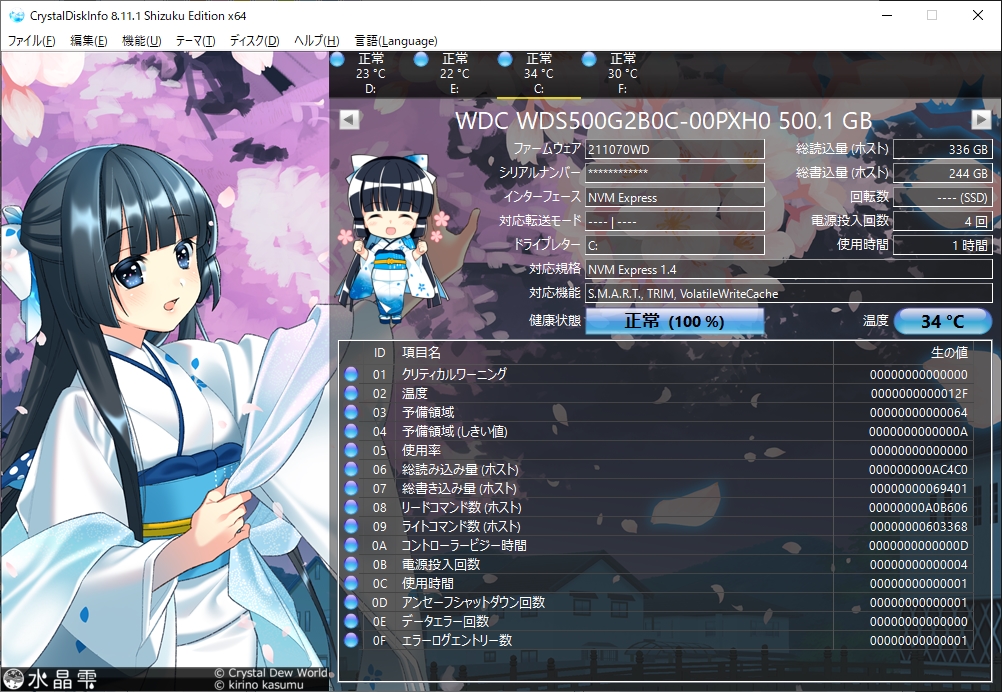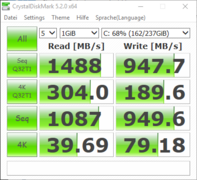

As you can see in the chart shown above, the WD Blue 3D and its Sandisk Ultra 3D twin mirror each other closely, and keep up with the Crucial BX300. We run both AS SSD’s 1GB and 10GB tests, quoting the 10GB test results. The AS SSD benchmark issues the FUA (Force Unit Access-disabling caching in units that acknowledge the command) and is especially useful in determining the bare-knuckle performance of the controller and NAND. The AS SSD test results show the Samsung 750 SSD looking a little slow. The WD Blue 3D (blue bar) and Sandisk Ultra 3D (yellow bar) keep up with it nicely. from which we nearly always see 450MBps to 500MBps writing simply because writing MLC’s two bits takes less time than TLC’s three bits. Note that the Crucial BX300 (red bar in the graph above) is an MLC NAND-based drive. The differences between these three drives are minimal, not unexpected given that the Sandisk and WD are actually the same drive in different form factors. There may be a point at which the drive will slow down, but we didn’t see it. Indeed, after testing with our usual 20GB data set, we threw 320GB at the Blue 3D, and it just soldiered on at a steady 450MBps. Up until now, about the fastest sustained write speed we’ve seen out of a TLC drive after it oversteps it’s cache is 300MBps.

We’re happy to report that somehow, to the benefit of users everywhere, WD/Sandisk has managed to create a TLC drive that can sustain 450MBps performance during long writes. We test SSDs using both artificial benchmarks, primarily AS SSD and CrystalDiskMark, and real-world copy tests. That’s common with most drives of 250GB or less, which most often have fewer chips to spread data across. Note that the 250GB version is rated slightly slower than the other capacities.


We tested the 1TB version of the WD Blue 3D, not the 500GB version shown, but we liked what we saw from out benchmarks. And TBW estimates are generally very conservative. Probably more than 10 years’ worth for most users. If you do the math, that’s actually a heck of a lot of writes. That means WD expects you can write 100 terabytes to the drive before experiencing any loss of capacity due to wear and tear on the cells. The Blue 3D is warrantied for three years and rated for 100TBW for every 250GB.


 0 kommentar(er)
0 kommentar(er)
